Most Famous Museums In The World 2024: Top 10 Largest

Museums serve as unique spaces for exploration and learning about our world, showcasing a diverse array of art, culture, history, technology, and science. They offer an unending wellspring of inspiration and house invaluable artifacts from ancient times.
These institutions vary widely in size and scope, presenting a rich art, spanning from antiquity to the contemporary era. They serve as repositories of cultural heritage, narrating the story of Earth's existence through the ages. Museums can be publicly or privately owned and can be found in every corner of the globe.
At Teamboma, we've compiled a list of the world's ten largest art museums, providing concise details on each institution's location, gallery space, and year of establishment. Join us in discovering these monumental cultural repositories!
Most Largest Museums in the World 2024
- Museum of Fine Arts, Houston
- Victoria and Albert Museum
- Humboldt Forum
- National Museum of Anthropology
- Tokyo National Museum
- Vatican Museums
- Metropolitan Museum of Art
- National Museum of China
- State Hermitage Museum
- The Louvre Museum
10. Museum of Fine Arts, Houston
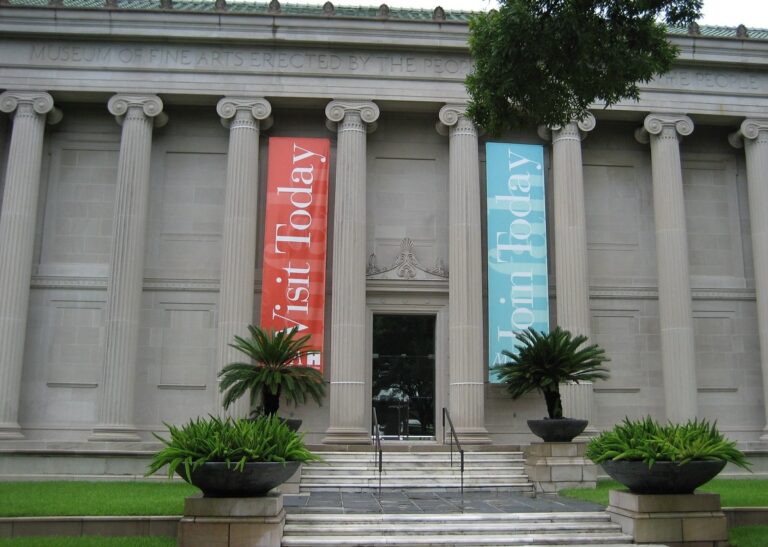
The Museum of Fine Arts, Houston, also known as MFAH, is situated in the Museum District of Houston, Texas, USA. Its history traces back to 1900, and it officially opened its doors on April 12, 1924, following extensive planning by the Houston Art League. The original architectural design was crafted by William Ward Watkin in the early 1920s.
READ ALSO » Top 10 Most Visited Best Museums In The World
This museum hosts a vast permanent collection spanning 6,000 years of global history, encompassing approximately 70,000 diverse artworks. With the addition of the Nancy and Rich Kinder Building in 2020, MFAH expanded to become one of the largest art museums worldwide, boasting over 300,000 square feet of gallery space.
MFAH's collection shines particularly in areas like pre-Columbian and African gold artifacts, Renaissance and Baroque paintings, photography, European and American paintings, as well as Latin American and Latino art. Additionally, the museum showcases an impressive array of decorative arts, crafts, and designs from the 17th to the 20th century.
9. Humboldt Forum

The Humboldt Forum, situated in the Berlin Palace, Germany, is a museum dedicated to human history, art, and culture. Before its opening, there was considerable debate surrounding the treatment of colonial-era artifacts in the project.
Initially planned for a December 2019 unveiling, the museum's inauguration was delayed due to the COVID-19 pandemic. It was digitally introduced on December 16, 2020, and officially opened its doors to the public and tourists on July 20, 2021.
Comprising the former Ethnographic Museum and the Asian Art Museum, both under the Prussian Cultural Heritage Foundation, the Humboldt Forum is now recognized as Germany's largest museum following their integration in 2020. With an impressive gallery space of 29,500 square meters (317,500 square feet), it stands as one of Germany's premier tourist attractions.
8. Victoria and Albert Museum
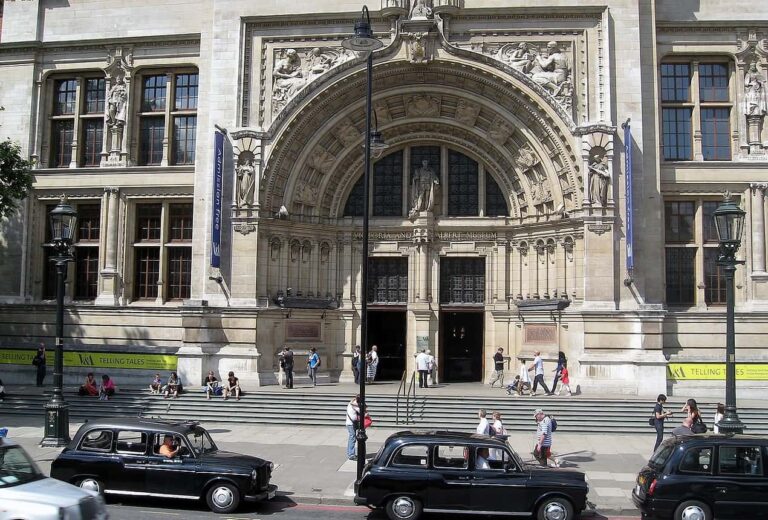
READ ALSO » Top 10 Biggest Museums In The World
The Victoria and Albert Museum, located on Cromwell Road in London, United Kingdom, stands as the world's largest museum devoted to art, design, and performance. It was established in 1852 and boasts an expansive gallery space spanning 30,000 square meters (320,000 square feet).
As the United Kingdom's largest museum, it encompasses approximately 12.5 acres and houses 145 galleries. The V&A's permanent collection is staggering, with over 2.3 million objects encompassing a wide array of decorative arts and designs, ranging from apparel and pottery to sculpture, prints, and much more.
This treasure trove covers over 5,000 years of artistic expression from Europe, North America, Asia, and North African cultures, spanning ancient times to the modern era. Beyond its scholarly significance, the Victoria and Albert Museum ranks among England's most iconic tourist destinations. Its architectural collection, considered one of the world's most extensive, further cements its status as a vital institution in the global museum landscape.
7. National Museum of Anthropology
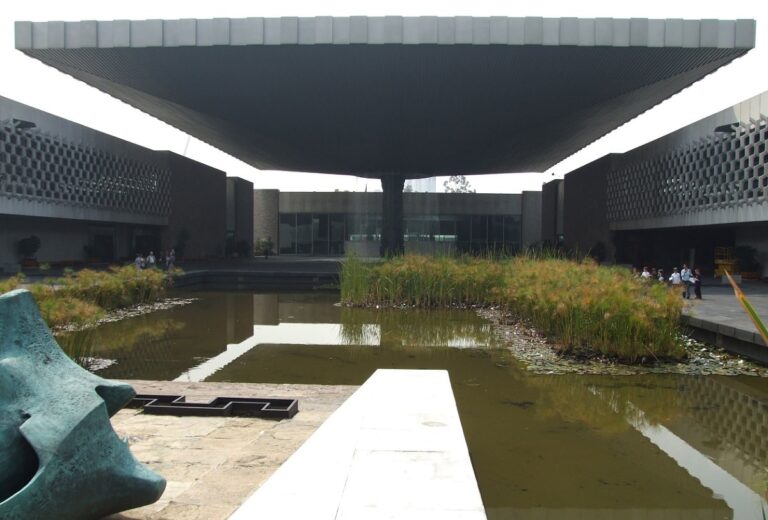
The National Museum of Anthropology, located in Mexico City's Chapultepec Park, is a monumental structure with a gallery space of 33,000 square meters (360,000 square feet). Designed by the esteemed Mexican architect Pedro Ramírez Vazquez, it was inaugurated by President Adolfo López Mateos on September 17, 1964.
Renowned as one of the world's most comprehensive history museums, it holds the distinction of being the largest museum in Mexico. Drawing over two million visitors annually, it stands as a key tourist destination within the country.
At the heart of this museum lies the world's most extensive collection of ancient Mexican artifacts. Notable among its treasures are iconic pieces like the Aztec Stone of the Sun, the Aztec Xochipilli statue, the revered artifacts from King Pacal's tomb, and the monumental stone heads of the Olmec civilization, discovered in the forests of Tabasco and Veracruz. A visit to the National Museum of Anthropology is essential for anyone seeking a deeper understanding of Mexico's rich history.
6. Tokyo National Museum
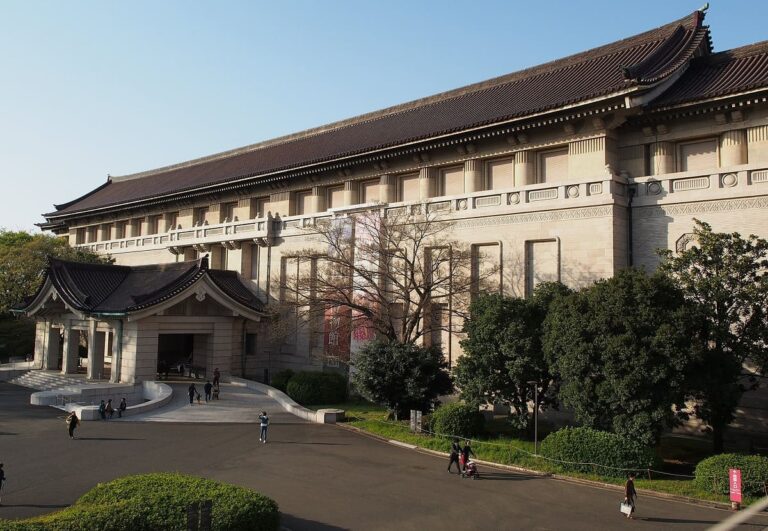
READ ALSO » Top 10 Oldest Museums In The World
The Tokyo National Museum, situated in Ueno Park, Taito ward of Tokyo, is a renowned destination in Japan. Established in 1872 as a museum under the Ministry of Education, it holds the distinction of being the largest and oldest museum in the country. With a vast gallery space of 38,000 square meters (410,000 square feet), it's a treasure trove of Japan's cultural heritage.
The museum's collection, totaling around 120,000 items, encompasses a wide range of treasures including national artifacts, paintings, sculptures, calligraphy, ancient pottery, samurai swords, and other significant cultural assets. Notably, it also features an extensive display of Buddhist sculptures.
In 2022, the Tokyo National Museum marked its 150th anniversary with a grand showcase of Japan's most cherished artifacts. For a deep dive into the culture and history of Japan, a visit here is essential. It houses the world's largest collection of Japanese art, offering a close encounter with the rich cultural tapestry of Japan.
5. Vatican Museums
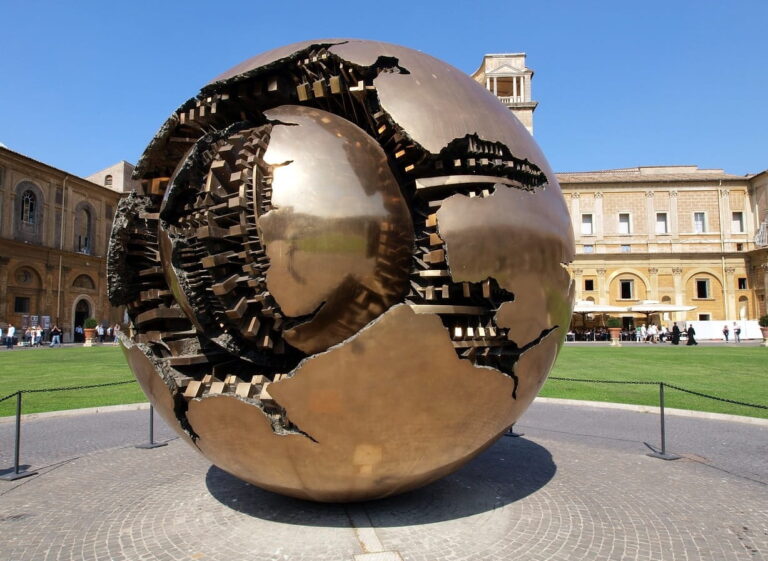
The Vatican Museums, located within Vatican City, constitute a group of art and Christian museums, established by Pope Julius II in the early 16th century. Since its inception, it has been continually expanded, resulting in one of the world’s most magnificent art collections.
This cultural treasure trove encompasses an extensive array of artistic and historical masterpieces crafted by some of the greatest talents from around the globe. Housed within its walls are priceless collections amassed by the Catholic Church and papacy over the centuries, including renowned Roman sculptures and pivotal works from the Renaissance era.
As one of the oldest museums worldwide, the Vatican boasts around 26 individual museums and numerous galleries featuring invaluable collections. Welcoming over 6 million visitors annually, it stands as one of Rome’s foremost tourist attractions. Globally, it ranks fourth among the most frequented art museums, showcasing a staggering collection of more than 70,000 paintings and sculptures. With an impressive gallery space of 43,000 square meters (460,000 square feet), it stands as one of the largest museums on the planet.
4. Metropolitan Museum of Art
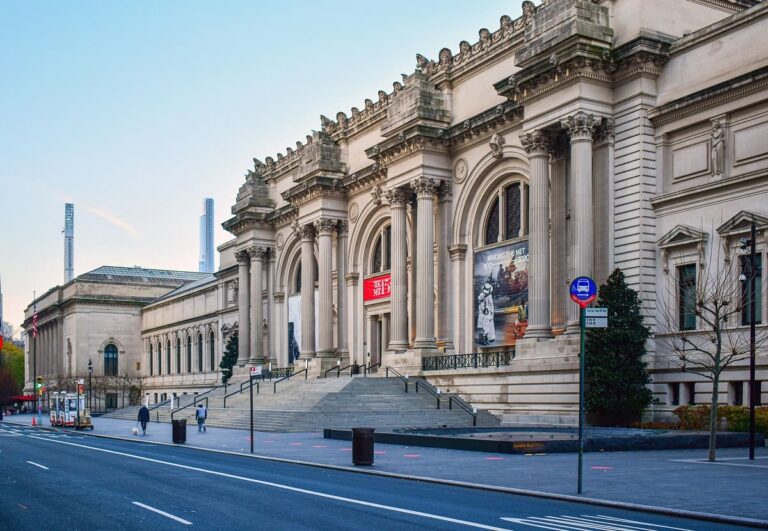
The Metropolitan Museum of Art, commonly known as the MET, is located in New York City, USA, and stands as the largest museum in the United States. It was established in 1870 and officially opened its doors in February 1872, following a generous donation of his personal collection by Robert Lee Jenkins.
Since then, the MET's collection has expanded to encompass over 2 million items, spanning from ancient to contemporary art from various corners of the globe. The museum upholds rigorous conservation standards for its cultural artifacts.
Within its walls, the MET hosts a diverse array of art, including Egyptian, Greek, Islamic, and Indian pieces, along with celebrated European paintings. The works of renowned painters like Rembrandt, Botticelli, Vermeer, and Gass are among its treasures.
An iconic landmark of New York City, the Metropolitan Museum of Art ranks among the top 10 most visited museums worldwide, drawing in over 6 million visitors annually with an extensive gallery space of 58,820 square meters (633,100 square feet), it is an exceptional testament to art and culture.
3. National Museum of China
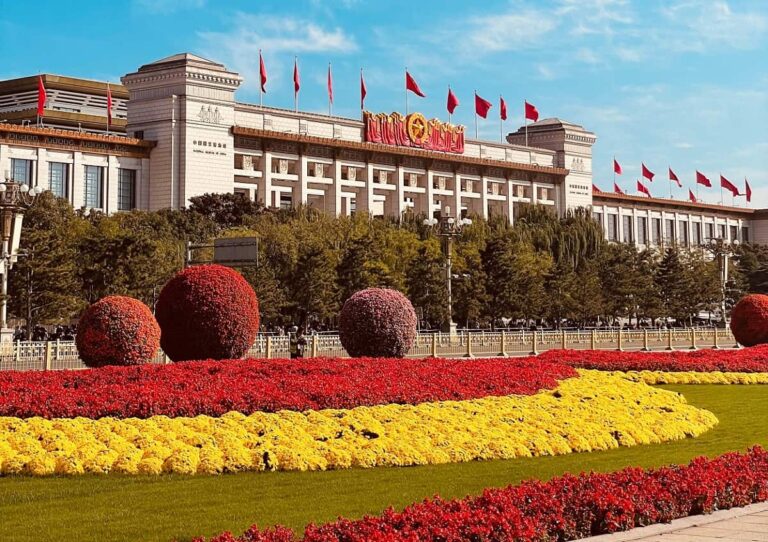
The National Museum of China, situated on the east side of Beijing's Tiananmen Square, is the most expansive and comprehensive museum in the country. Formed in 2003 through the amalgamation of the former Museum of Chinese History and the Museum of the Chinese Revolution, it embraces both history and art.
One of its most prized possessions is the "Haumwu Ding" from the Shang Dynasty, which holds the distinction of being the heaviest piece of ancient bronze ware globally, weighing a total of 833 kg.
Boasting a collection exceeding 1.4 million pieces, including ancient and modern cultural relics, rare books, and various forms of art, the National Museum of China serves as a custodian and exhibitor of China's remarkable cultural heritage. Beyond this, it showcases outstanding achievements from civilizations around the world.
As the largest museum in China, and indeed in Asia, it ranks among the world's foremost museums. It offers a splendid opportunity to delve into Chinese culture and the intricate histories of its enduring dynasties. With an extensive gallery space of 65,000 square meters (700,000 square feet), it stands as a monumental testament to cultural richness and human achievement.
2. State Hermitage Museum
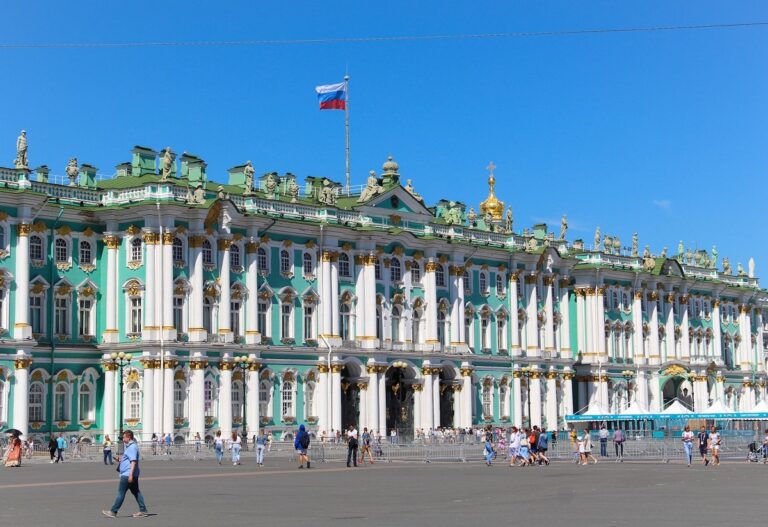
The State Hermitage Museum, located along the Neva River in Saint Petersburg, Russia, is the world's second-largest museum. A visit to Russia would be incomplete without exploring this renowned institution.
Its origins trace back to Catherine the Great's private art collection, which she began amassing in 1764. Empress Catherine the Great acquired over 200 paintings from Berlin, laying the foundation for the museum. Today, the Hermitage houses an impressive collection of over 3 million artworks spanning from the Stone Age to contemporary times.
Recognized as the premier museum in Russia and Europe, it holds a place among the three most significant museums worldwide. One fascinating tidbit is that the Hermitage is officially home to over 50 cats, affectionately known as Hermitage Cats. They have been a part of the museum's staff since its early days, tasked with safeguarding the premises from rodents. Even today, it's believed that these feline guardians play a role in preserving the priceless artworks with an expansive gallery space of 66,842 square meters (719,480 square feet), the State Hermitage Museum stands as a treasure trove of art and culture.
1. The Louvre Museum
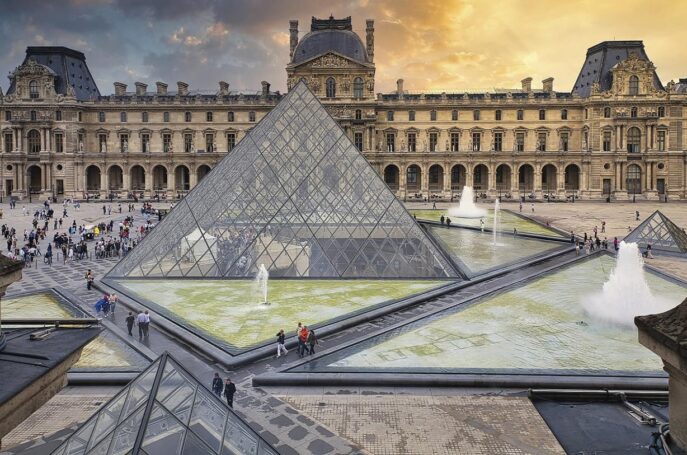
The Louvre Museum, located in the heart of Paris, France, is the world's largest museum. Covering an expansive 72,735 square meters (782,910 sq. ft) of gallery space, it's a monumental institution that can be quite challenging to explore in just one day. This renowned museum was inaugurated in 1793.
Drawing around 10 million visitors annually, the Louvre is a prime tourist destination in France, often referred to as the "Museum of Museums" due to its vast collection of Western art.
Originally a fortress dating back to the 12th century, the Louvre evolved into a grand palace by the 17th century. Its most famous resident, the Mona Lisa by Leonardo da Vinci, is a major highlight. Notably, the museum has faced thefts, including the theft of the Mona Lisa itself.
A distinctive feature is the glass pyramid at the museum's entrance, now an iconic symbol. The Louvre also houses an array of treasures from Egyptian, Greek, and Islamic cultures in its exhibitions.
In conclusion, these museums, each with its own unique history, collections, and architectural marvels, stand as cultural bastions, offering windows into the diverse human creativity and heritage. From the sprawling halls of the Louvre in Paris, to the intricate treasures of the State Hermitage in St. Petersburg, these institutions hold millions of artifacts, embodying centuries of artistic expression. The dedication to preservation and curation showcased by these museums is nothing short of remarkable. They serve not only as repositories of art and history but as beacons, illuminating the depths of human ingenuity and the richness of our global legacy. Whether it's the monumental spaces of the MET or the intimate halls of the Victoria and Albert Museum, each provides an opportunity for visitors to embark on a journey through time and culture, leaving indelible impressions on all who pass through their doors.
